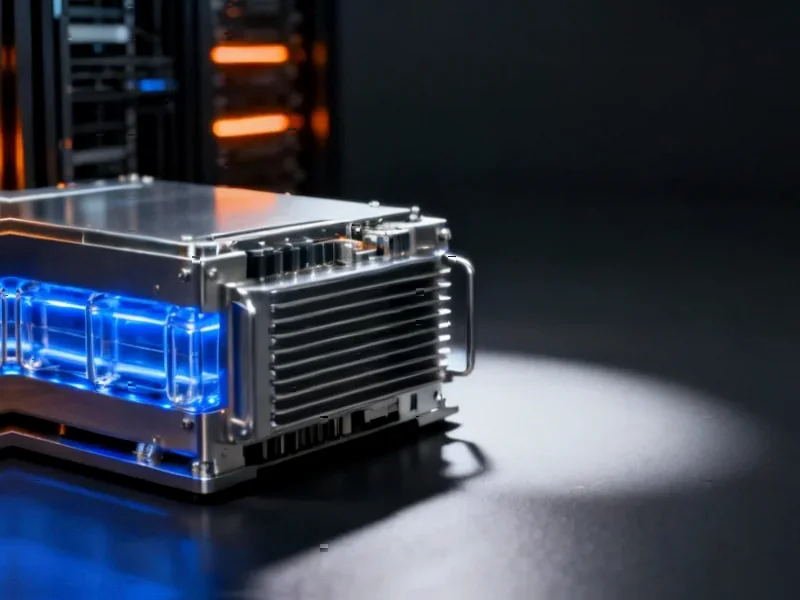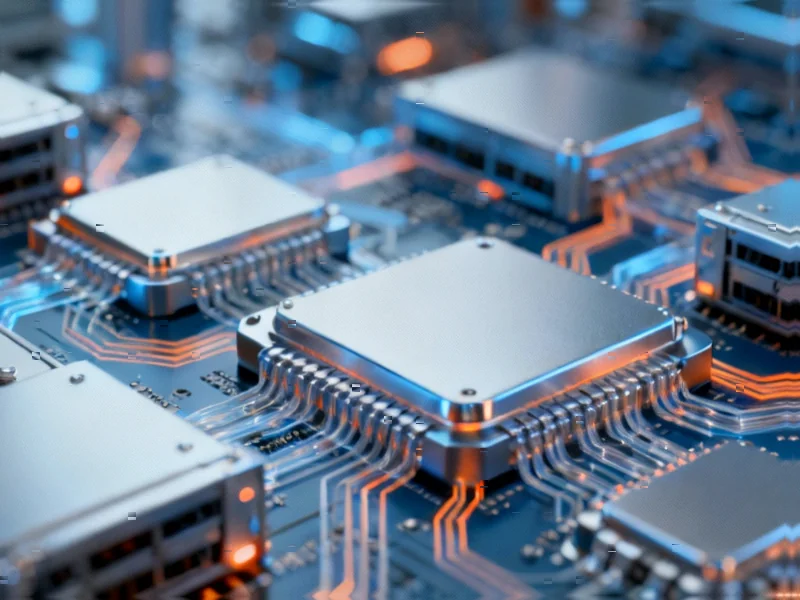The Trump administration is pushing to dramatically speed up how quickly data centers and other major electricity consumers can connect to the nation’s power grid, according to a Friday announcement from the Department of Energy. This regulatory shift comes as the artificial intelligence boom drives unprecedented demand for computing power—and the energy required to fuel it.
Table of Contents
Streamlining the Connection Process
Energy Secretary Chris Wright has directed the Federal Energy Regulatory Commission to initiate rulemaking that would “rapidly accelerate the interconnection of large loads, including data centers,” according to the department’s statement. The move positions the administration as a firm ally of the AI industry at a time when energy infrastructure has become a critical bottleneck.
Industry analysts suggest the proposed changes would address one of the biggest challenges facing data center expansion: lengthy wait times for grid connections. One key provision reportedly would limit connection decision reviews to just 60 days, preventing applicants from getting bogged down in extended regulatory processes. For context, current interconnection queues can stretch for years in some regions as utilities struggle to keep pace with demand.
Fueling the AI Revolution
Wright framed the initiative as essential for American competitiveness in both AI and manufacturing. “To usher in a new era of American prosperity, we must ensure all Americans and domestic industries have access to affordable, reliable, and secure electricity,” he wrote in a letter published on the government’s website. He emphasized that “large loads, including AI data centers, served by public utilities must be able to connect to the transmission system in a timely, orderly, and non-discriminatory manner.”
The timing is no accident. Data center construction is exploding across the United States to support AI applications that consume staggering amounts of electricity. Sources indicate that even simple AI image generation tasks can use as much energy as charging a smartphone—and when multiplied by millions of users, the cumulative demand becomes enormous. This comes as the administration recently launched its Stargate AI infrastructure initiative, signaling a comprehensive approach to supporting the industry.
Industry Implications
Meanwhile, the data center sector shows no signs of slowing despite concerns about an AI investment bubble. Companies like Nebius, which most industry observers barely knew a year ago, have become essential players in the digital economy. The AI infrastructure provider recently secured a significant deal with Microsoft and partnered with Uber on autonomous vehicle technology, according to tech funding reports.
The market has rewarded this rapid ascent—Nebius’s stock price has reportedly surged approximately 350% this year, underscoring the enormous financial stakes in the AI infrastructure race. As industry analysis suggests, having substantial server capacity has become incredibly valuable in the current climate.
What remains unclear is how the power grid will handle this accelerated expansion. While faster connections address one bottleneck, they don’t necessarily solve the broader challenge of generating enough electricity to meet the exploding demand. The administration’s push highlights the delicate balance between fostering technological innovation and ensuring the nation’s energy infrastructure can keep pace with the AI revolution.



